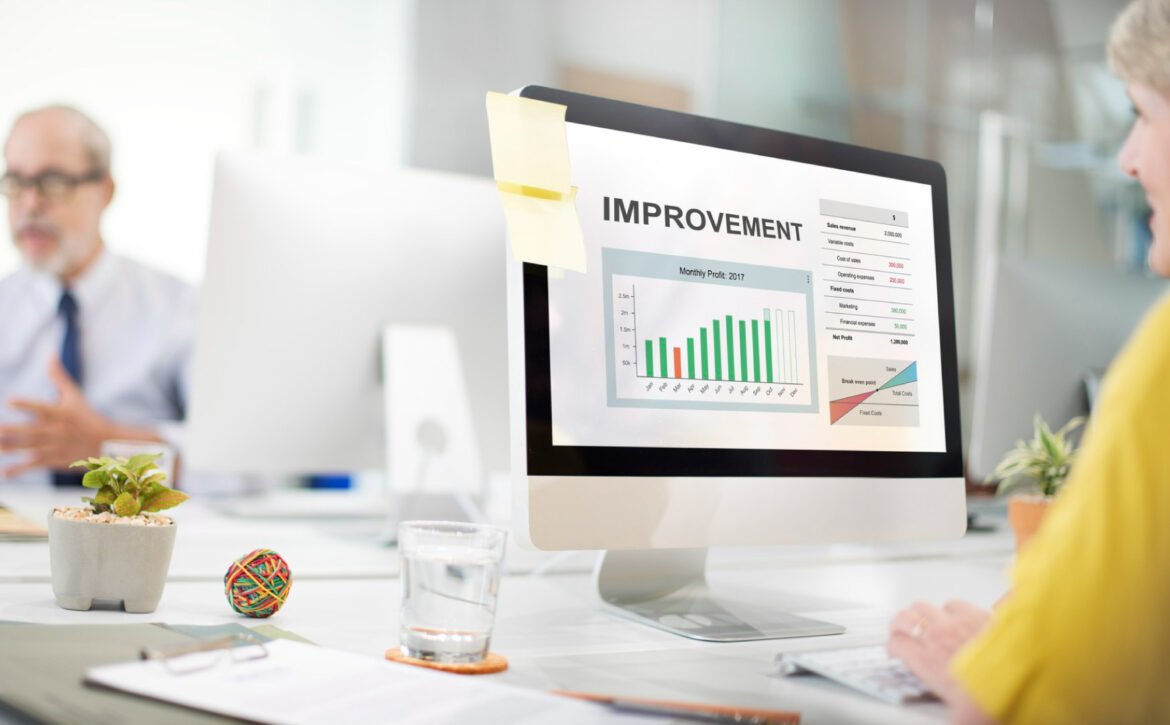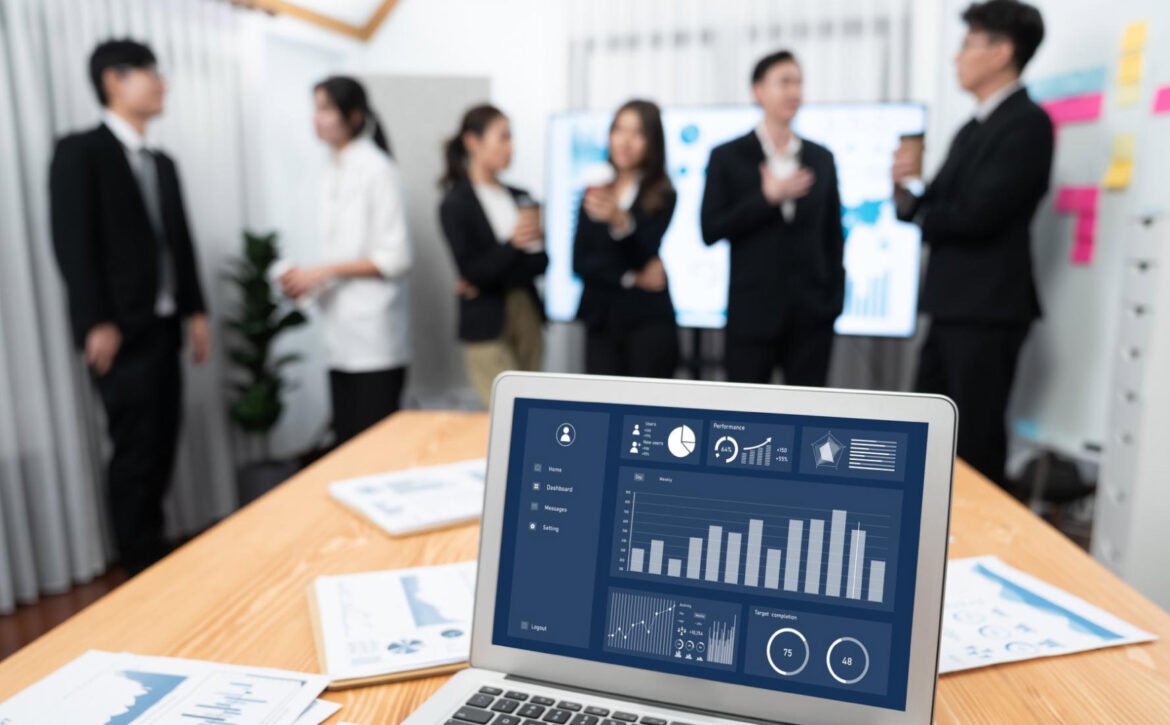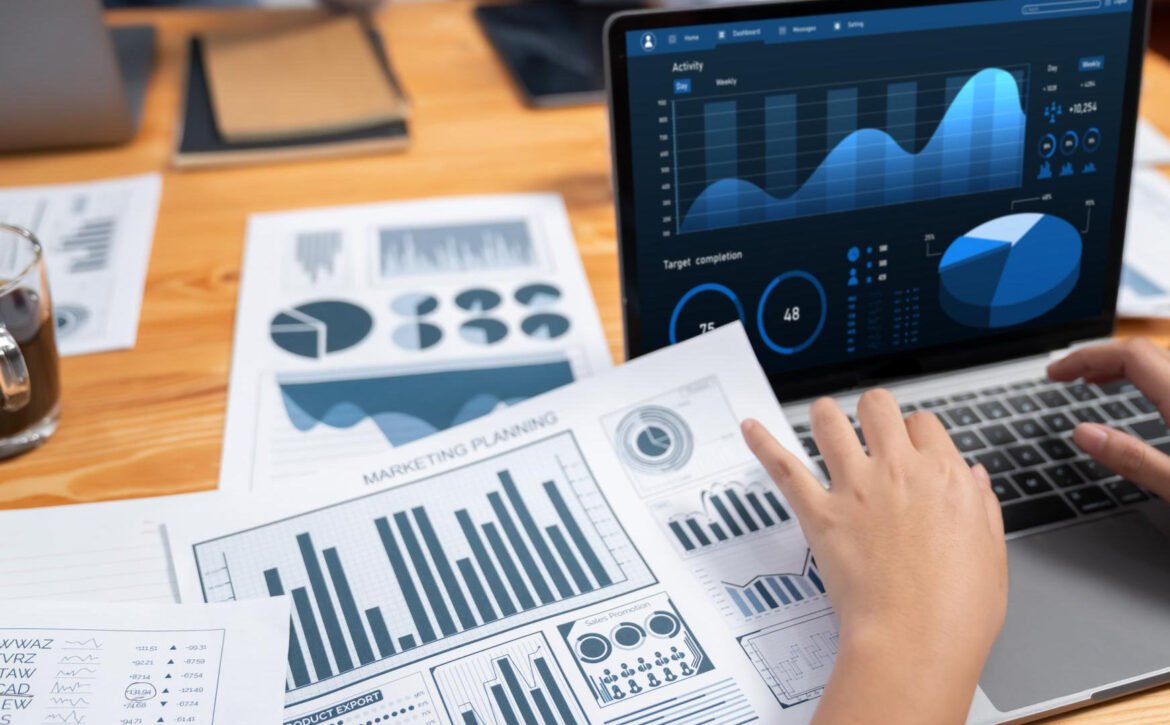Maximizing ROI with Conversion Rate Optimization Tools
Maximize your ROI with powerful Conversion Rate Optimization tools. Discover how to boost conversions, enhance customer experience, and drive revenue growth.
Table of contents
1. Finding the Right CRO Tool
1. Data Analytics Compatibility
2. Personalization Features
3. Integrations of Different Marketing Capabilities
2. Six Best CRO Tools for CRO Professionals
2.1. Google Analytics Tool
2.2. VWO Insights
2.4. Kissmetrics
2.5. Lyssna
2.6. Heap Analytics
A website is a home for numerous actions; from form filling to purchases, these are many events that are collectively needed to constitute engagement and conversions.
A (CRO) manager and their team look at these actions from both macro, i.e., site-wide, and micro, i.e., visitor levels, to understand their visitors’s interests and map their business’s overall conversion rate.
Even though you ensure that every bit of information is taken into account to analyze your customer’s behavior and optimize business performance, many don’t use the right conversion rate optimization tools, leaving ample room for glitches and flaws to breed.
To avoid these bottlenecks, you and your team require conversion rate optimization (CRO) tools that will scoop into the user behavior, spot any roadblocks, and experience the user experience that will ultimately boost their conversion rates.
Therefore, to streamline conversion rate optimization processes, we have shared with you the must-haves that any CRO tool should have, along with the six top CRO tools that will help you analyze and calculate ROI.
1. Finding the Right CRO Tool
Before implementing any CRO tools and improving your B2B conversion rate, you need to understand the objective and requirements. It is nice to have and must-have lists ready. This process of selecting the right CRO tool might be confusing; therefore, we have made a checklist that you can run through before opting for any tool.
1. Data Analytics Compatibility
CRO tools that are compatible with data analytics allow you to monitor your customer’s behavior, tool’s performance, and conversion rate. It will also help in tracking the conversion rate and pinpointing the issues, such as tracking the buyer’s journey to tell you the number of leads who unsubscribe you. That shows that your newsletter, content, or emails are not resonating with them, and you need to revamp them. To boost your daily business process, you need data analytics tools, so rather than investing it separately, you can use a CRO tool that has built-in capabilities for data analytics.
2. Personalization Features
In a recent survey by Twilio Segment, it was witnessed that 75% of business leaders depend on personalized efforts, and in the 21st century it has become a cornerstone of modern marketing. Personalization offers numerous benefits, which include allowing you to target your niche customers, offering a unique journey to each lead, addressing specific pain points, and, in the end, customizing every offer and product to the client’s particular needs. CRO tools that provide the option of personalization will help in understanding visitor manners to offer content and navigation based on what they are most presumably responding to.
3. Integrations of Different Marketing Capabilities
Currently, there are more than 8000 marketing technology tools available in marketing, out of which only 75 are used by businesses. Therefore, for any business, marketing tools are the bloodline to streamline any marketing process. Before investing in any CRO tools, you have to make sure that they are compatible with the website software that you are using currently, as in the longer run it would be easy for you to connect them, integrate their processes, and share data across the tools.
2. Six Best CRO Tools for CRO Professionals
Now that we know the criteria required to find the right CRO tools, we can focus on the six different tools and their features that will help CRO professionals seamlessly work on their customers’ journey.
2.1. Google Analytics Tool
If you are a CRO specialist and searching for a tool that researches your visitors, then the Google Analytics tool will be best for you. This free analytic tool allows you to collect data and examine user flow to see how users interact with your site. When integrated with CRMs such as DoubleClick DCM, Shopify, Zendesk, Facebook, Marketo, and WordPress, the Google Analytics tool works wonders and provides every minute detail on the time spent on a single page. Despite being a great option for any business, there are not many options for getting help from customer support.
2.2. VWO Insights
VWO Insights is one of the best A/B testing tools in the market that is designed for CRO marketers who want to understand customer behavior through session recording, on-page surveys, funnel analytics, and heat mapping tools. The tools provide qualitative user behavioral data that aids you in creating a thorough CRO roadmap. However, the VWO Insights might slow down its process if many tests are run at once. Coming to the pricing structure, VWO Insights has four plans: the Starter is free of charge, the Growth plan starts at $308/month, the Pro plan starts at $710/month, and lastly, the Enterprise plan starts at $1,243/month.
2.3. SurveyMonkey
To collect feedback and get the appropriate data insights, CRO specialists should opt for using SurveyMonkey. This tool enables you to create and send customized surveys to your audience to get feedback on your conversion process. Further, you can improve your process throughout the customer journey. SurveyMonkey offers a free plan with basic features, but it lacks advanced features and customization options. On the other hand, the paid plan starts at $25/per month.
2.4. Kissmetrics
Kissmetrics is known for understanding customers’ behavior across different devices and identifying what works and what’s not. The application gets supercharged with Google Analytics and provides AI-powered performance analysis for every channel, marketing product, and campaign you have. However, Kissmetrics is difficult to install, and the interface is also quite overwhelming for beginners. Kissmetrics lacks any free plan; therefore, its paid plan starts at $49 per month.
2.5. Lyssna
Lyssna is a user research platform that uses AI-powered testing methodologies such as first-click tests, preference tests, and design surveys that will help CRO marketers uncover useful user insights. This application is great for designing surveys where users can connect directly about their experience, which makes Lyssna a great alternative to Survey Monkey. However, for beginners, this interface can be complicated to use. Coming to pricing, Lyssna offers a free plan that lacks a lot of features, and its paid plans start at $89 per month and can go up to $199 per month. There are add-on offers as well, which can provide unlimited tests, seats, and lengths.
2.6. Heap Analytics
Heap Analytics is one of the best conversion optimization tools specially designed for CRO specialists who want to capture visitors’ interactions, including form submissions, identify behaviors, and clicks, and understand the right marketing channels. It does have a downside though, as it is limited to tracking frontend interactions and focuses only on user actions within the visible interface of the website. Even though there are free plans available, the Growth, Pro, and Premier plans provide additional features with pricing upon request.
Final Thoughts
With the above-listed best conversion rate optimization tools and the right way to choose any tools, CRO professionals can improve their data handling and optimization processes and find qualified leads for their business. Each of the tools has its own unique approach, but the goals remain the same: maximize ROI and enhance conversion rate.








